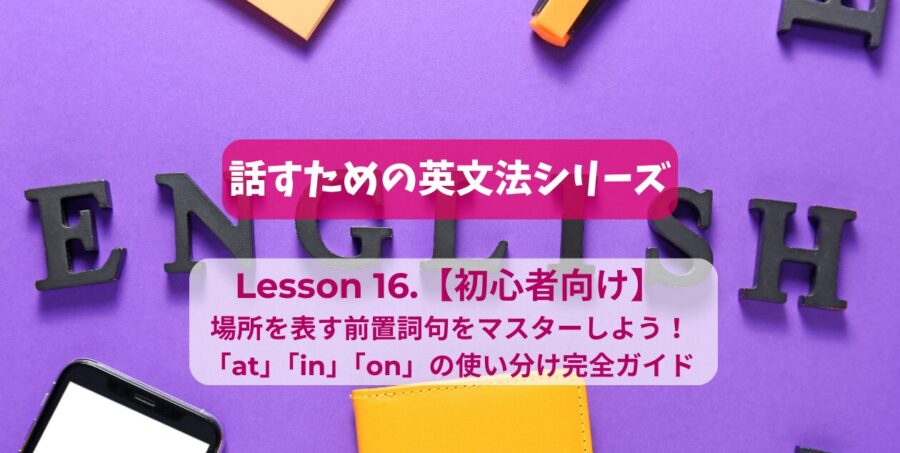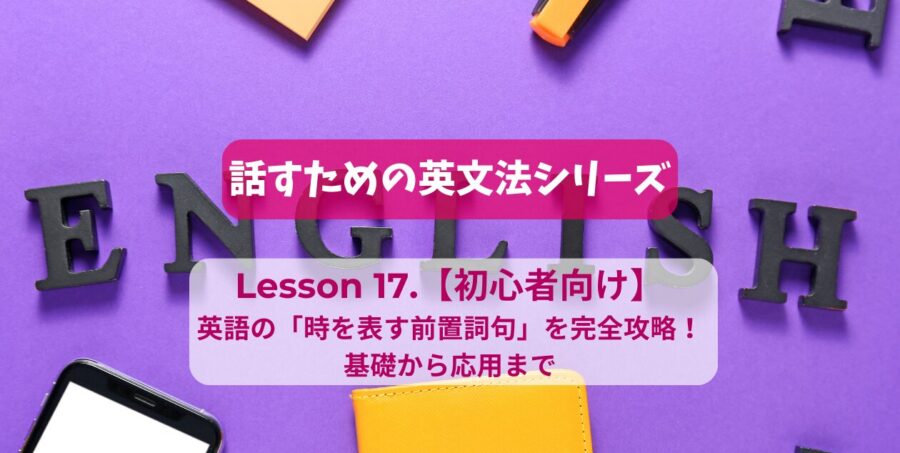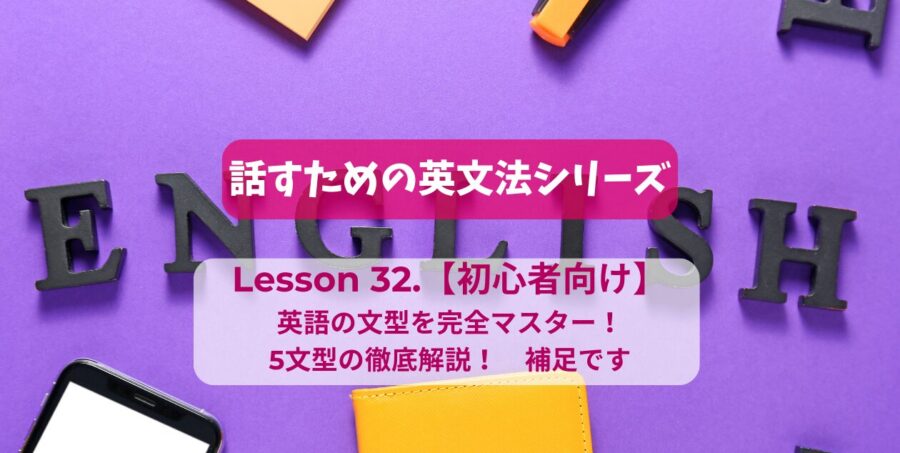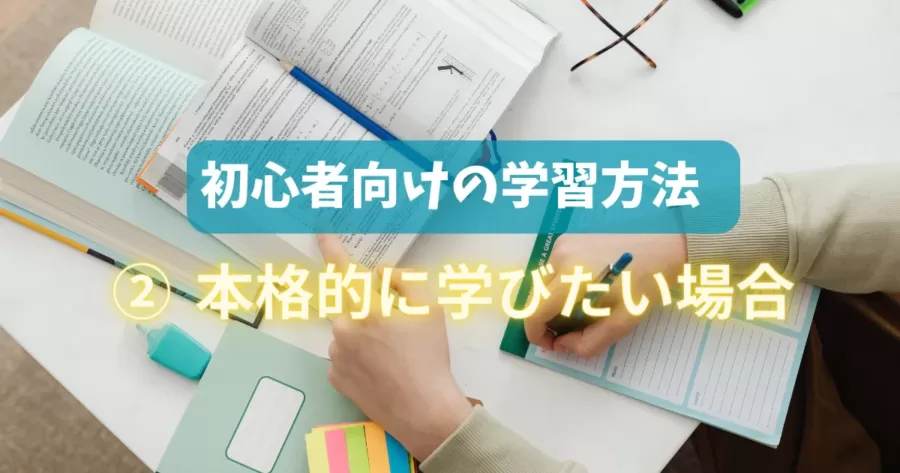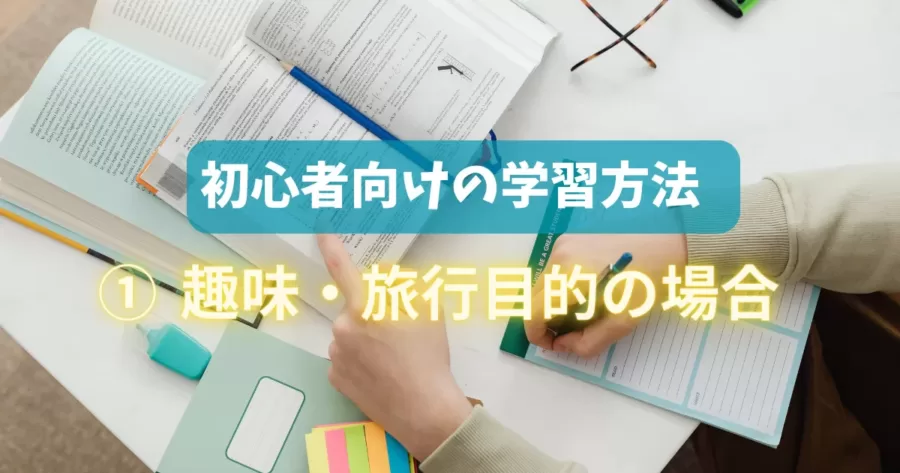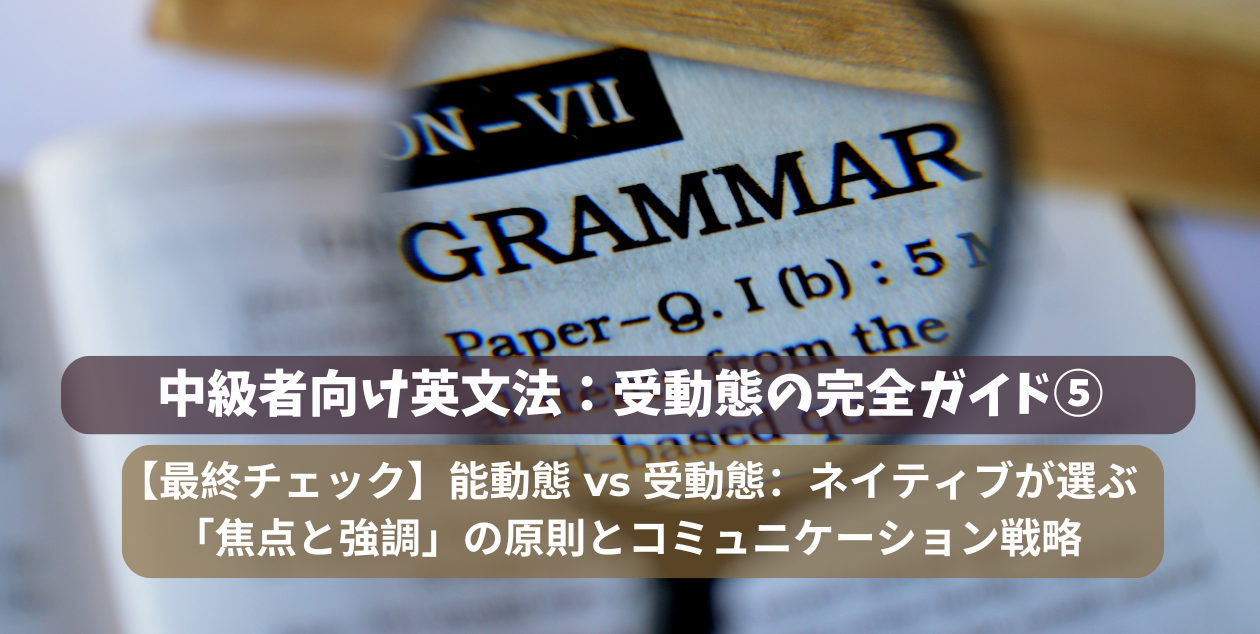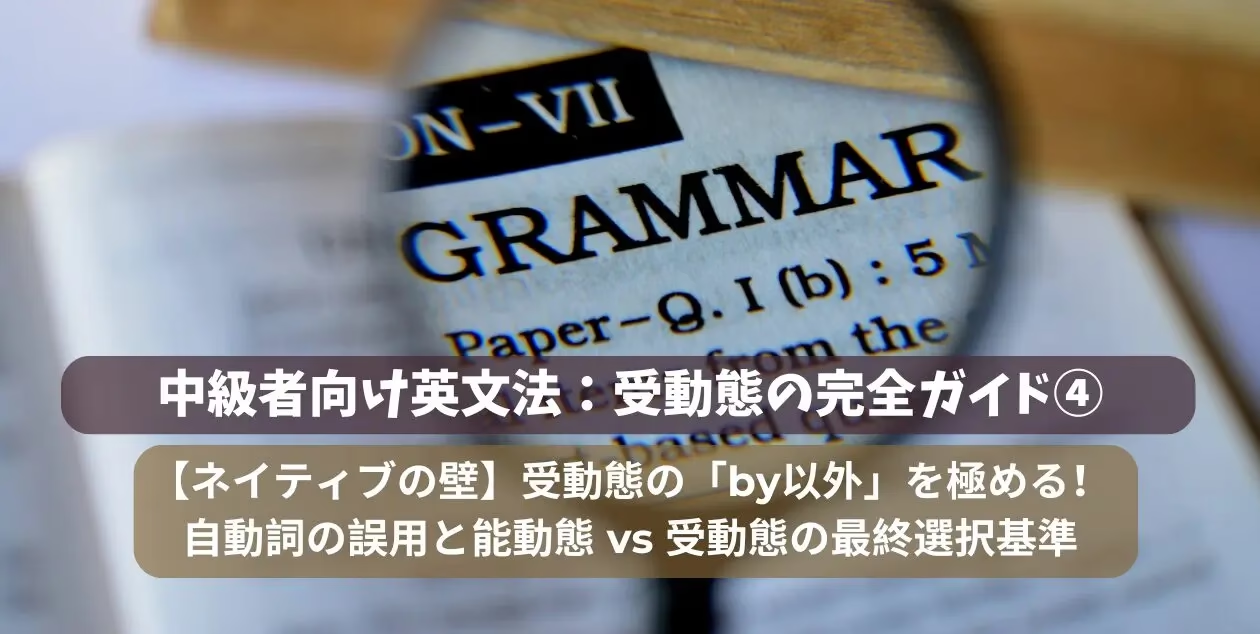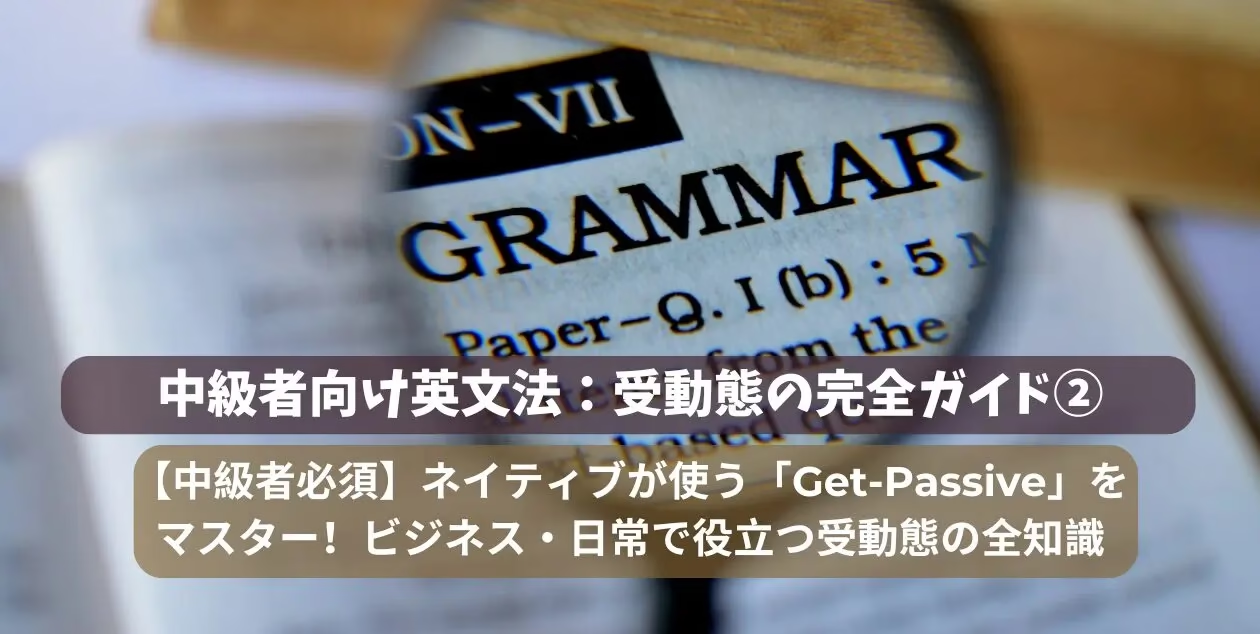海外留学を控えている皆さん、大学図書館での学習や研究に不安を感じていませんか?図書館は単なる本の貸出場所ではなく、留学生活の成功を左右する重要な学習拠点です。この記事では、図書館で必要な英語表現から効果的な利用法まで、留学生が知っておくべき情報を包括的にお伝えします。現地到着後にスムーズに図書館を活用できるよう、実践的な知識とコミュニケーション術を身につけましょう。
1. 図書館の基本英語表現と施設案内

図書館関連の基本単語
海外の大学図書館を利用する際に必ず知っておきたい基本的な英語表現をご紹介します。
library /ˈlaɪbrəri/
- 意味: 図書館
- 解説: 本や資料、データベースを利用できる学術施設
- 例文: “I study at the library every afternoon.”
- 和訳: 「私は毎日午後に図書館で勉強します。」
librarian /laɪˈbrɛəriən/
- 意味: 司書
- 解説: 図書館で資料の管理や利用案内をする専門スタッフ
- 例文: “Ask the librarian if you need help finding a book.”
- 和訳: 「本を探すのに困ったら司書に聞きましょう。」
library card /ˈlaɪbrəri kɑːrd/
- 意味: 図書館利用カード
- 解説: 図書館の本や資料を借りるための会員証
- 例文: “You need a library card to borrow books.”
- 和訳: 「本を借りるには図書館カードが必要です。」
stacks /stæks/
- 意味: 書架、書庫
- 解説: 図書館で本や雑誌が並んでいる場所
- 例文: “The new books are in the stacks on the second floor.”
- 和訳: 「新しい本は2階の書架にあります。」
database /ˈdeɪtəbeɪs/
- 意味: データベース
- 解説: 論文や電子書籍などを検索・閲覧できるオンライン情報源
- 例文: “Use the academic database to search for journal articles.”
- 和訳: 「学術データベースで論文を検索しましょう。」
reference /ˈrɛfərəns/
- 意味: 参考文献、参照資料
- 解説: レポートや論文で使う出典や参照文献
- 例文: “List all your references at the end of your research paper.”
- 和訳: 「レポートの最後にすべての参考文献を記載してください。」
図書館内の主要施設
reading room /ˈriːdɪŋ ruːm/
- 意味: 閲覧室
- 解説: 静かに本を読んだり勉強したりできる部屋
- 例文: “The reading room is a quiet space for study.”
- 和訳: 「閲覧室は静かに勉強できるスペースです。」
group study room /ɡruːp ˈstʌdi ruːm/
- 意味: グループ学習室
- 解説: 複数人で話し合いや共同作業ができる予約制の部屋
- 例文: “You can reserve a group study room online.”
- 和訳: 「グループ学習室はオンラインで予約できます。」
silent study area /ˈsaɪlənt ˈstʌdi ˈɛəriə/
- 意味: サイレントエリア
- 解説: 完全な静寂が求められる自習エリア
- 例文: “Please keep your phone silent in the silent study area.“
- 和訳: 「サイレントエリアでは携帯電話をマナーモードにしてください。」
information desk / help desk /ˌɪnfərˈmeɪʃən dɛsk/ /hɛlp dɛsk/
- 意味: インフォメーションデスク、ヘルプデスク
- 解説: 図書館利用やサービスについて質問できるカウンター
- 例文: “Ask at the information desk if you need help finding a book.”
- 和訳: 「本の探し方が分からなければインフォメーションデスクで尋ねてください。」
study cubicle /ˈstʌdi ˈkjuːbɪkl/
- 意味: 個別学習ブース
- 解説: 一人で集中して勉強できる仕切り付きの席
- 例文: “Study cubicles are available on the third floor.”
- 和訳: 「3階に個別学習ブースがあります。」
図書館サービス関連
reserve (a book/room) /rɪˈzɜːrv/
- 意味: 予約する
- 解説: 本や自習室などを事前に取り置き・予約すること
- 例文: “You can reserve a study room online.”
- 和訳: 「自習室はオンラインで予約できます。」
interlibrary loan (ILL) /ˌɪntərˈlaɪbrəri loʊn/
- 意味: 図書館間貸出
- 解説: 他の図書館から本を取り寄せて借りるサービス
- 例文: “Request an interlibrary loan if your library doesn’t have the book.”
- 和訳: 「自分の図書館にない本は図書館間貸出で取り寄せましょう。」
catalogue / catalog /ˈkætəlɒɡ/
- 意味: 図書館蔵書目録
- 解説: 図書館にある本や資料を検索できるシステム
- 例文: “Use the online catalogue to search for books.”
- 和訳: 「オンラインカタログで本を検索しましょう。」
2. 入館から本の借り方まで:実践的フロー

図書館を初めて利用する際の一連の流れを、必要な英語表現とともに時系列で解説します。
Step 1: 入館
Enter the library /ˈentər ðə ˈlaɪbrəri/
- 意味: 図書館に入る
- 解説: 学生証やIDカードで入館する場合もあります
- 例文: “You need your student ID to enter the library.”
- 和訳: 「図書館に入るには学生証が必要です。」
Step 2: 案内を求める
Go to the information desk /ɡoʊ tuː ði ˌɪnfərˈmeɪʃən dɛsk/
- 意味: インフォメーションデスクに行く
- 解説: 本の場所や利用方法が分からない場合はまずここへ
- 例文: “If you need help, go to the information desk.“
- 和訳: 「困ったときはインフォメーションデスクに行きましょう。」
Step 3: 蔵書検索
Search the catalog /sɜːrtʃ ðə ˈkætəlɒɡ/
- 意味: 蔵書検索システムで探す
- 解説: オンラインや端末で本や資料を検索する
- 例文: “Search the catalog to find the book you need.”
- 和訳: 「必要な本を探すにはカタログを検索しましょう。」
Step 4: 本を探す
Find the book on the shelf/in the stacks /faɪnd ðə bʊk ɒn ðə ʃɛlf/ɪn ðə stæks/
- 意味: 棚や書架で本を見つける
- 解説: カタログで調べた請求記号をもとに本を探す
- 例文: “Find the book on the shelf using the call number.”
- 和訳: 「請求記号を使って棚で本を見つけましょう。」
Step 5: 資料利用
Take notes or photocopy pages /teɪk noʊts/ˈfoʊtəˌkɒpi ˈpeɪdʒɪz/
- 意味: メモを取る/ページをコピーする
- 解説: 必要な部分をノートに書き写したり、コピー機で複写したりする
- 例文: “You can take notes or photocopy pages for your research.”
- 和訳: 「研究のためにメモを取ったり、ページをコピーしたりできます。」
Step 6: 学習スペースの利用
Study in a reading room or study cubicle /ˈstʌdi ɪn ə ˈriːdɪŋ ruːm/ˈstʌdi ˈkjuːbɪkl/
- 意味: 閲覧室や個別学習ブースで勉強する
- 解説: 静かなスペースで本を読んだり課題に取り組む
- 例文: “You can study in a reading room or a study cubicle.”
- 和訳: 「閲覧室や個別学習ブースで勉強できます。」
Step 7: 貸出手続き
Borrow the book /ˈbɒroʊ ðə bʊk/
- 意味: 本を借りる
- 解説: 貸出カウンターやセルフ貸出機で本を借りる
- 例文: “Borrow the book at the self-service kiosk.”
- 和訳: 「セルフ貸出機で本を借りましょう。」
Check the due date /tʃɛk ðə duː deɪt/
- 意味: 返却期限を確認する
- 解説: 本の貸出票やレシートで返却日を確認する
- 例文: “Check the due date so you don’t return the book late.”
- 和訳: 「返却日を確認して遅れないようにしましょう。」
Step 8: 返却・延長
Return the book /rɪˈtɜːrn ðə bʊk/
- 意味: 本を返却する
- 解説: 返却カウンターや返却ボックスに本を返す
- 例文: “Return the book to the book return bin near the entrance.”
- 和訳: 「入口近くの返却ボックスに本を返しましょう。」
Renew the book (if needed) /rɪˈnuː ðə bʊk/
- 意味: 本の貸出延長をする
- 解説: 返却期限前に延長手続きをすることもできる
- 例文: “You can renew the book online if you need more time.”
- 和訳: 「もっと時間が必要な場合はオンラインで延長できます。」
4. 図書館スタッフとの英会話例

実際の図書館での場面を想定した会話例をご紹介します。
学生同士の会話
Emily: Hey, Jason! Are you going to the library this afternoon?
Jason: Yeah, I need to work on my research paper. I want to use the academic database to find some journal articles.
Emily: Good idea. I also have to find a few more references for my paper. By the way, did you already reserve a study room?
Jason: Not yet. I’ll try to reserve one online before I go. If I can’t get a room, I’ll just use a study cubicle.
Emily: Sounds good. I might ask the librarian for help with the catalog. I’m not sure how to find books on my topic.
Jason: The librarians are really helpful. Just tell them your research topic and they’ll show you how to search the catalog or use the interlibrary loan service.
Emily: Thanks, you too! See you at the library.
エミリー:ねえジェイソン!今日の午後、図書館(library)に行く?
ジェイソン:うん、研究論文(research paper)を進めなきゃ。学術データベース(database)*でジャーナル記事を探したいんだ。
エミリー:いいね。私も論文用にもう少し参考文献(references)を探さないと。ところで、もう自習室(study room)の予約(reserve)はした?
ジェイソン:まだだよ。行く前にオンラインで予約(reserve)してみる。取れなかったら個別学習ブース(study cubicle)を使うよ。
エミリー:
いいね。私はカタログ(catalog)の使い方がよく分からないから司書(librarian)に聞いてみようかな。
ジェイソン:司書さんはすごく親切だよ。自分の研究テーマ(research topic)を伝えれば、カタログ(catalog)の使い方や図書館間貸出(interlibrary loan)も教えてくれるよ。
エミリー:ありがとう、お互い頑張ろう!図書館で会おうね。
学生と司書の会話
Student: Hi, I’m new here. Could you help me use the library?
Librarian: Of course! Do you have your library card? You’ll need it to borrow books.
Student: Yes, I have it. I want to find some books for my research paper. Where should I start?
Librarian: You can use the catalog on those computers to search for books by title, author, or subject. If you need help, just ask at the information desk.
Student: Thank you. Once I find a book in the catalog, how do I get it?
Librarian: Check the call number and go to the stacks to find the book on the shelf. If the book is checked out or not in our library, you can request it through interlibrary loan.
Student: That’s helpful. Is there a place where I can study quietly?
Librarian: Yes, we have a reading room and a silent study area for quiet study. If you’re working with a group, you can reserve a group study room online.
Student: Great! Also, how do I print or copy pages?
Librarian: You can use the printing/photocopying area next to the information desk. If you want to take notes, you can use the study cubicles on the third floor.
Student: Thank you so much! One last thing—how do I return books?
Librarian: Just drop them in the book return bin near the entrance. And if you need more time, you can renew your books online.
Student: That’s very clear. I appreciate your help!
Librarian: You’re welcome! If you have any more questions, feel free to ask any librarian.
学生:こんにちは、新入生です。図書館(library)の使い方を教えてもらえますか?
司書:もちろんです!図書館カード(library card)はお持ちですか?本を借りるのに必要です。
学生:はい、持っています。研究論文(research paper)*のために本を探したいのですが、どこから始めればいいですか?
司書:あちらのパソコンでカタログ(catalog)を使い、タイトル・著者・主題で本を検索できます。分からないことがあればインフォメーションデスク(information desk)で聞いてください。
学生:ありがとうございます。カタログ(catalog)で本が見つかったら、どうやって手に入れますか?
司書:請求記号を確認して書架(stacks)で本を探してください。もしその本が貸出中や他館にある場合は図書館間貸出(interlibrary loan)を利用できます。
学生:助かります。静かに勉強できる場所はありますか?
司書:はい、閲覧室(reading room)やサイレントエリア(silent study area)があります。グループで作業する場合は、オンラインでグループ学習室(group study room)を予約(reserve)できます。
学生:ありがとうございます。印刷やコピーはどうすればいいですか?
司書:印刷・コピーコーナー(printing/photocopying area)がインフォメーションデスクの隣にあります。メモを取りたいときは3階の個別学習ブース(study cubicle)も使えます。
学生:とても助かります!最後に、本の返却方法を教えてください。
司書:入口近くの返却ボックス(book return bin)に入れてください。もっと時間が必要な場合はオンラインで延長(renew)もできます。
学生:とても分かりやすいです。ありがとうございます!
司書:どういたしまして!他にも質問があれば、いつでも司書(librarian)に聞いてくださいね。
司書への質問例
以下のような表現で司書に質問することができます:
- “Excuse me, could you help me find books about [your topic]?”
「すみません、[あなたのトピック]に関する本を探すのを手伝っていただけますか?」 - “How do I access the online databases?”
「オンラインデータベースにはどうやってアクセスしますか?」 - “Can you show me how to reserve a group study room?”
「グループ学習室の予約方法を教えていただけますか?」 - “Where can I find the printing area?”
「印刷エリアはどこにありますか?」
5. 新入生向け図書館活用完全ガイド

Guide for New Students: How to Use the Library
1. Entering and Navigating the Library
- Bring your student ID or library card to enter the library and borrow books.
- At the entrance, you’ll find an information desk or help desk. If you’re unsure where to start, ask the librarian for help.
- Use the library map or floor signs to locate different sections, such as the stacks(bookshelves), reading room, silent study area, and group study rooms.
2. Finding and Borrowing Books
- Use the library catalog (online or at a kiosk) to search for books by title, author, or subject.
- Enter search terms related to your topic.
- Write down the call number to find the book’s location on the shelf.
- If you need a book that is checked out or at another library, use the reserve or interlibrary loanservice.
- To borrow a book, take it to the self-service kiosk or circulation desk. Remember to check the due date and keep your receipt.
3. Study Spaces and Facilities
- For quiet study, use the reading room, silent study area, or study cubicle.
- For group work or presentations, reserve a group study room online in advance.
- There are computer labs and printing/photocopying areas for research and assignments.
- Use lockers to store your belongings if needed.
4. Research for Papers and Projects
- Start by choosing a research topic and formulating a research question.
- Search the database for academic articles, journals, and e-books.
- Collect bibliographic information (author, title, year, etc.) for your references and bibliography.
- Take notes and organize your sources.
- If you need help finding materials or using databases, ask the librarian for help.
5. Preparing for Presentations
- Use library resources to find reliable information and visual aids (charts, images, statistics).
- Borrow books or print articles for background research.
- Prepare your slides and handouts using information from trusted sources.
- Practice your presentation in a group study room if possible.
6. Citing Sources and Avoiding Plagiarism
- Always cite your sources using the required citation style (APA, MLA, etc.).
- Use citation tools provided by the library website to help format your references.
- Avoid plagiarism by paraphrasing and giving credit to all sources.
7. Returning and Renewing Books
- Return books by the due date using the book return bin or at the circulation desk.
- If you need more time, renew the book online or at the desk before the due date.
8. Additional Tips
- Check library hours and special rules (e.g., food/drink policies, quiet zones).
- Attend library orientation sessions or workshops for extra support.
- If you have questions, don’t hesitate to ask the librarian—they are there to help you succeed!
新入生向け 図書館利用ガイド
1. 入館と館内の歩き方
- 学生証や図書館カードを持参し、入館や本の貸出に使いましょう。
- 入口付近のインフォメーションデスクやヘルプデスクで分からないことは司書に相談できます。
- 図書館マップやフロア案内で、書架(stacks)、閲覧室(reading room)、サイレントエリア(silent study area)、グループ学習室(group study room)などの場所を確認しましょう。
2. 本の探し方・借り方
- 図書館カタログ(オンラインや端末)でタイトル・著者・主題で本を検索します。
- 検索語句(search terms)を入力しましょう。
- 請求記号(call number)をメモして棚の場所を探します。
- 貸出中や他館の本は予約(reserve)や図書館間貸出(interlibrary loan)サービスを利用しましょう。
- 本を借りるときはセルフ貸出機や貸出カウンターを使い、返却期限(due date)を確認しましょう。
3. 学習スペース・設備
- 静かに勉強したいときは閲覧室、サイレントエリア、個別学習ブースを利用しましょう。
- グループワークや発表準備にはグループ学習室をオンラインで予約しましょう。
- コンピュータ室や印刷・コピーエリアも利用できます。
- 必要に応じてロッカーに荷物を預けましょう。
4. 論文・課題のリサーチ
- 研究テーマ(research topic)を決め、リサーチクエスチョンを立てましょう。
- 学術データベースで論文や電子書籍を検索します。
- 書誌情報(bibliographic information)を記録し、参考文献リスト(bibliography)を作成しましょう。
- ノートを取り、資料を整理します。
- 資料探しやデータベースの使い方が分からないときは司書に相談しましょう。.
5. プレゼン準備での活用
- 信頼できる情報や視覚資料(visual aids)(グラフ・画像・統計)を図書館で探しましょう。
- 本を借りる、記事を印刷するなどして下調べをします。
- スライドや配布資料(handout)を信頼できる情報で作成しましょう。
- 可能ならグループ学習室でプレゼン練習をしましょう。
6. 引用と盗用防止
- 必ず出典を明記(cite your sources)し、指定の引用スタイル(APA、MLAなど)を使いましょう。
- 図書館サイトの引用ツール(citation tools)も活用できます。
- 盗用(plagiarism)を避けるため、必ず自分の言葉でまとめ全ての情報源にクレジットを与えましょう。
7.本の返却・延長
- 返却期限までに返却ボックスやカウンターで本を返しましょう。
- もっと時間が必要な場合は、期限前にオンラインやカウンターで延長(renew)手続きをしましょう。
8. その他アドバイス
- 開館時間や特別ルール(飲食禁止、静粛エリアなど)を確認しましょう。
- オリエンテーションやワークショップに参加するとさらに便利です。
- 分からないことは司書に相談しましょう。皆さんの学びをサポートしてくれます!
まとめ

海外大学の図書館は、単なる本の貸出場所を超えた総合的な学習支援センターです。本記事で紹介した英語表現と利用法をマスターすることで、留学生活における学習効率は飛躍的に向上するでしょう。
重要なポイントを再確認すると、まず基本的な図書館用語(library、librarian、stacks、database等)を覚え、入館から返却までの一連の流れを理解することが大切です。特に、リサーチや論文作成に関する表現(research topic、literature review、cite sources等)は、アカデミックな成功に直結します。
また、図書館スタッフとのコミュニケーションを恐れずに積極的に質問し、利用可能なサービスを最大限活用することも重要です。司書は専門知識を持つ心強い味方であり、研究の効率化や質の向上に大きく貢献してくれます。
留学前にこれらの表現を覚え、現地での図書館オリエンテーションに参加することで、スムーズな大学生活のスタートを切ることができるでしょう。図書館を制する者は留学を制すると言っても過言ではありません。
留学成功のカギは事前準備にあります。図書館活用術をマスターして、充実した海外大学生活を送りましょう!
英語・英会話の基礎を学びたい方はこちらから! ↓

語彙力強化したい方はこちらから! ↓




























